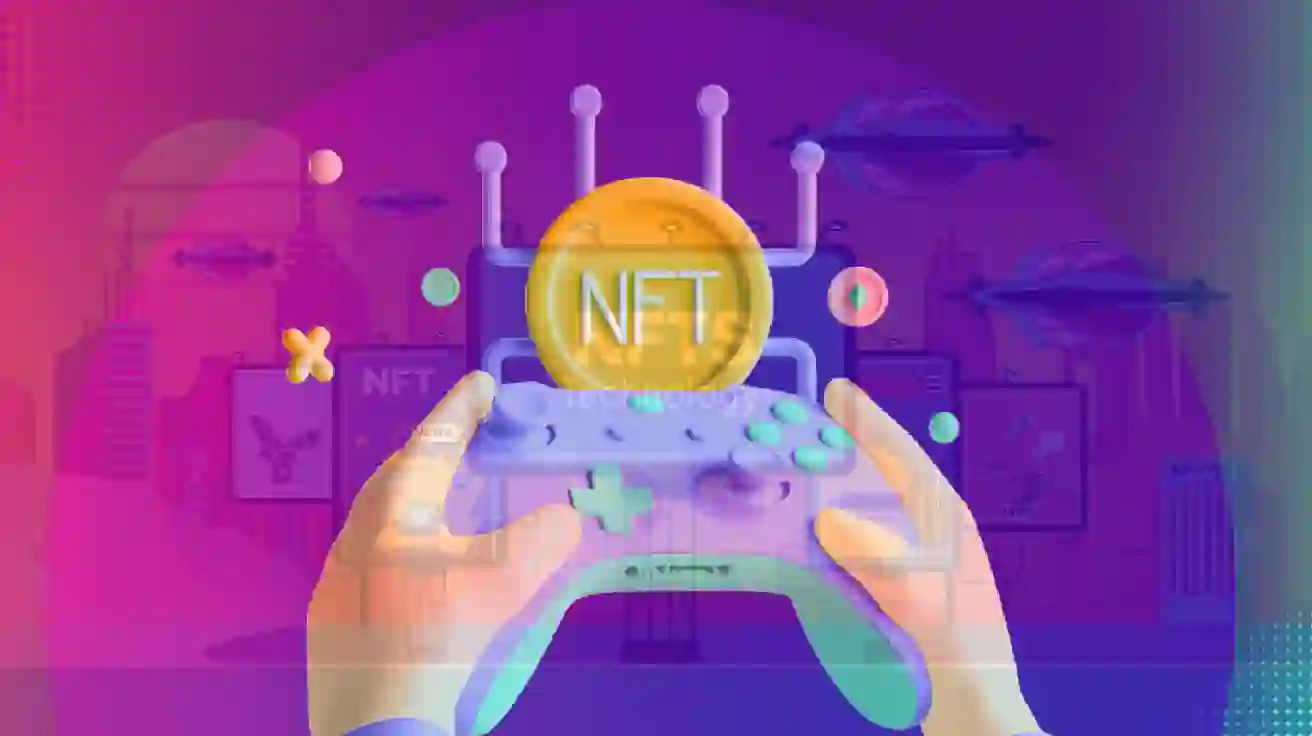The familiar rhythm of gaming has shifted. For decades, virtual worlds were escapist havens, offering temporary respite from reality. But a seismic change is underway, as blockchain technology and Non-Fungible Tokens (NFTs) fuse with gaming, transforming leisure into a potential livelihood. Welcome to the era of “play-to-own,” where digital assets possess real-world value, and gamers are earning tangible rewards for their time and skill.
This paradigm shift isn’t merely a tweak to existing models; it’s a fundamental reimagining of the gaming ecosystem. No longer are in-game items confined to walled gardens, controlled by monolithic corporations. Instead, players are empowered with true ownership, able to trade, sell, and leverage their digital assets in a decentralized marketplace.
The Genesis of Play-to-Own: A New Economic Model
At the heart of this revolution lies the concept of NFTs. These unique digital tokens, secured on blockchain ledgers, represent ownership of virtual items, from characters and weapons to land parcels and cosmetic enhancements. Unlike traditional in-game assets, NFTs are transferable and scarce, imbuing them with intrinsic value.
This shift from “play-to-earn” to “play-to-own” emphasizes the long-term ownership and control players have over their digital assets. It’s not just about earning temporary rewards; it’s about building a portfolio of valuable digital possessions that can be leveraged and traded.
Beyond Entertainment: The Economic Impact of Play-to-Own
The implications of play-to-own extend far beyond mere entertainment. In regions where economic opportunities are limited, these games are providing a lifeline, enabling individuals to generate income through their gaming skills. Consider Axie Infinity, a monster-battling game that has become a source of livelihood for many in Southeast Asia. Through “scholarship” programs, experienced players lend their NFTs to newcomers, sharing the rewards and fostering a new generation of digital entrepreneurs.
This democratization of earning potential transcends geographical boundaries. Blockchain’s borderless nature allows anyone with an internet connection to participate, regardless of their location or background. The ability to transact freely and securely, without intermediaries, is a game-changer for underserved communities.
Navigating the Digital Frontier: Challenges and Opportunities
While the potential of play-to-own is undeniable, the journey is not without its challenges.
- Accessibility and Onboarding: The initial investment required to participate in some play-to-own games can be a barrier for many. Simplifying the onboarding process and providing accessible entry points is crucial for widespread adoption.
- Economic Sustainability: The long-term viability of play-to-own economies depends on balancing supply and demand, ensuring that rewards retain their value. Designing robust economic models that prevent inflation and maintain stability is essential.
- Security and Fraud Prevention: The decentralized nature of blockchain introduces new security considerations. Protecting players from scams, phishing attacks, and other malicious activities is paramount.
- The “Fun Factor”: While the economic incentives are compelling, play-to-own games must remain engaging and enjoyable. Balancing the earning potential with compelling gameplay is key to attracting and retaining players.
- The Mainstream Pushback: Many traditional gamers are resistant to the integration of economic incentives into their hobby. This resistance needs to be addressed through education and by creating gaming experiences that integrate these models in a way that respects core gaming values.
Despite these challenges, the play-to-own revolution is gaining momentum. Mainstream gaming companies are exploring the potential of NFTs, and a new generation of developers is building innovative blockchain-based games.
The Metaverse Connection: A Synergistic Future
The rise of play-to-own is inextricably linked to the emergence of the metaverse, a persistent, shared virtual world where users interact as avatars. NFTs are the building blocks of this digital realm, representing ownership of virtual land, objects, and experiences.
The metaverse’s interoperability promises to further amplify the potential of play-to-own. Imagine transferring your in-game assets seamlessly between different virtual worlds, creating a unified digital economy. This vision of a connected metaverse, powered by blockchain and NFTs, is poised to revolutionize the gaming landscape.
A New Era of Digital Ownership
The play-to-own revolution is more than just a passing trend; it’s a fundamental shift in how we perceive and interact with digital assets. It’s about empowering players with true ownership, creating new economic opportunities, and building a more equitable and decentralized gaming ecosystem. As the metaverse evolves and blockchain technology matures, the lines between virtual and real-world economies will continue to blur, ushering in a new era of digital ownership.



